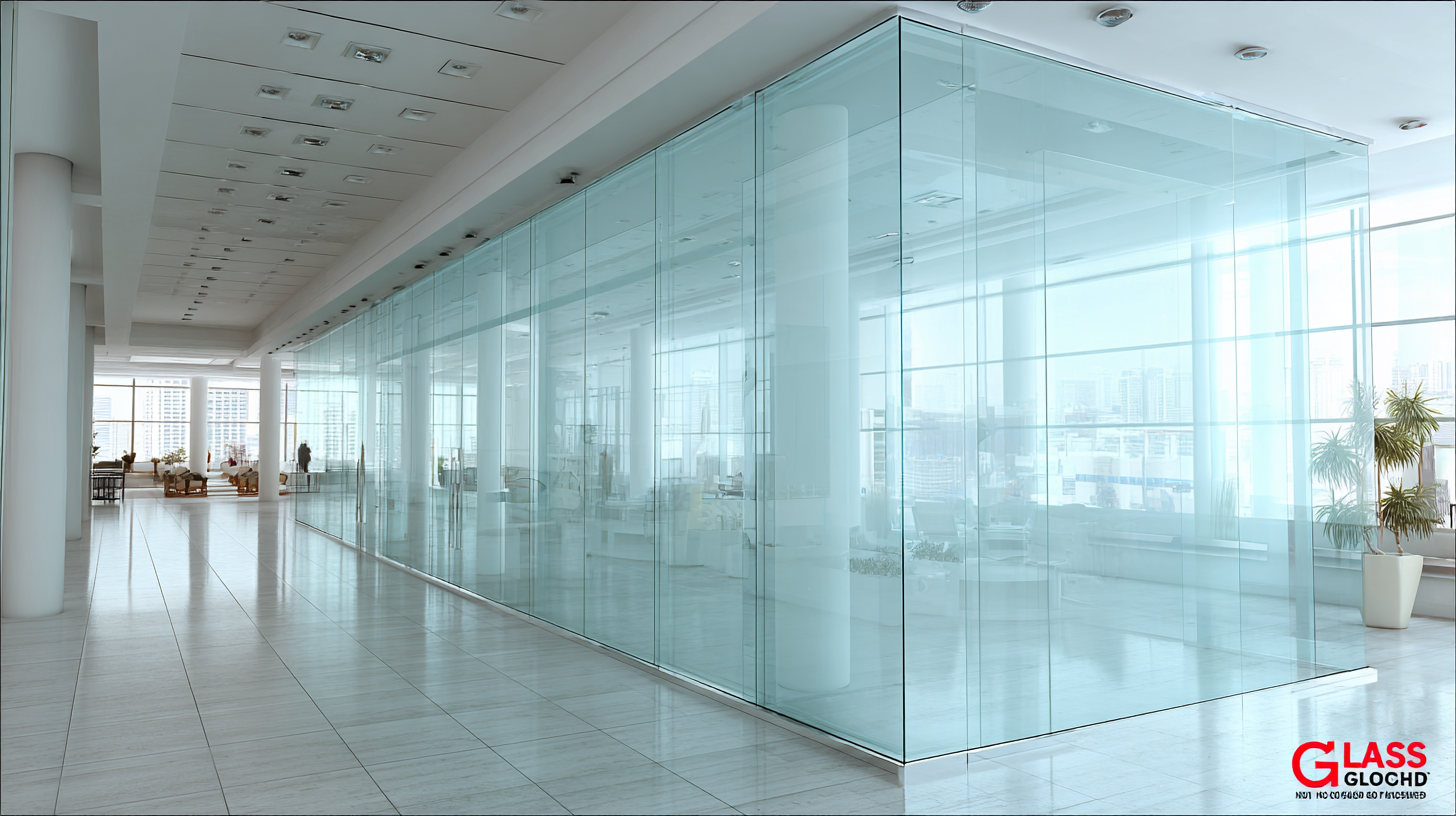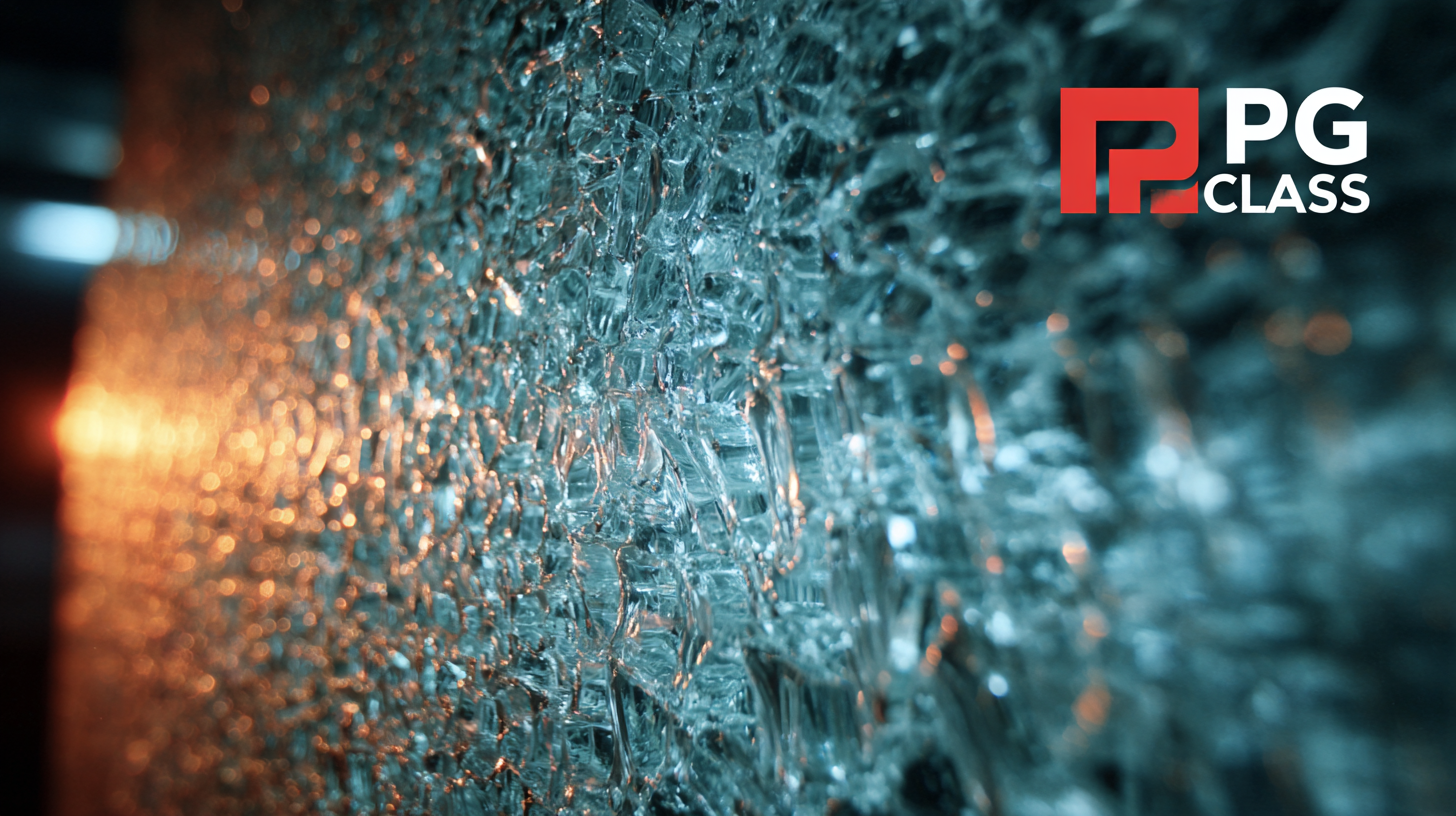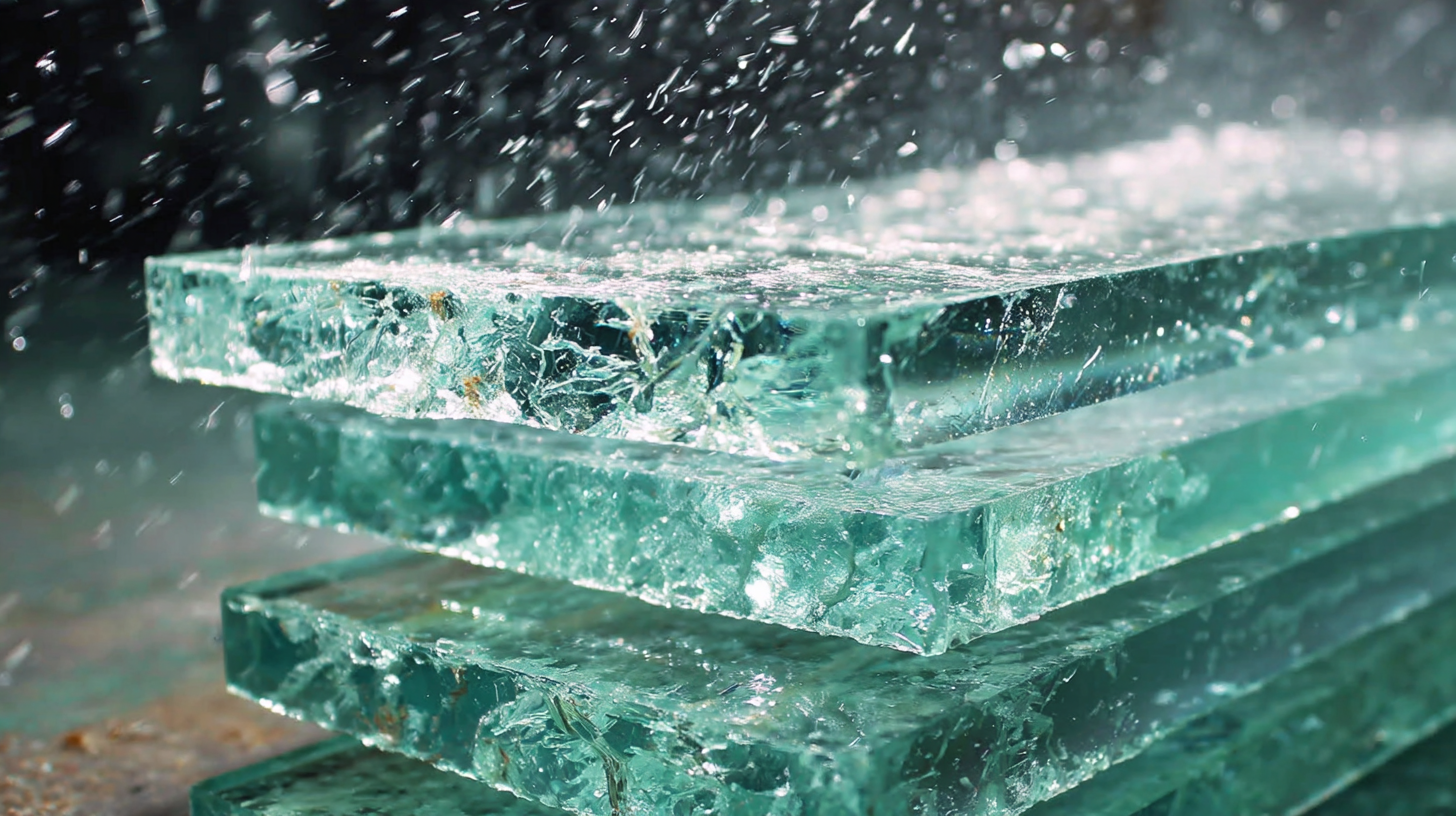
Top Strategies for Maximizing the Durability of Best Tempered Glass Panels
In recent years, tempered glass panels have gained immense popularity across various industries due to their unmatched strength, safety, and aesthetic appeal. These specially treated glass panels are designed to withstand greater stress and thermal changes than standard glass, making them an ideal choice for applications such as building facades, shower enclosures, and tabletops. However, to fully capitalize on the benefits of tempered glass panels, it is crucial to implement strategies that maximize their durability and longevity. In this blog, we will delve into practical tips and industry case studies that illustrate effective methods for maintaining the integrity of tempered glass panels, ensuring they remain both functional and visually appealing for years to come. By understanding the best practices for care and usage, users can enhance the performance of these versatile materials in their respective applications.

Top 5 Factors Influencing the Longevity of Tempered Glass Panels
When it comes to maximizing the durability of tempered glass panels, several critical factors come into play. One of the primary influences on longevity is the quality of the glass itself. Higher grade tempered glass, produced using advanced manufacturing methods, tends to withstand impact and thermal stress more effectively than lower-grade options. Consumers should always prioritize reputable brands that adhere to safety and quality standards to ensure the best performance.
Another significant consideration is the environmental conditions in which the glass is installed. Factors such as exposure to extreme temperatures, humidity levels, and UV radiation can all degrade the glass over time. For instance, placing tempered glass panels in areas with direct sunlight without adequate protection can lead to thermal stress.
Additionally, proper maintenance, including regular cleaning and the use of appropriate cleaning agents, helps prevent scratches and other forms of wear. Lastly, installation practices are crucial; improper handling or installation can introduce pre-existing weaknesses that could affect the glass's durability. By focusing on these essential elements, users can enhance the lifespan of their tempered glass panels.
3 Essential Maintenance Tips to Extend the Lifespan of Your Tempered Glass
 Maintaining the integrity of tempered glass panels is crucial for both aesthetics and safety. Here are three essential maintenance tips to help you prolong the lifespan of your tempered glass products.
Maintaining the integrity of tempered glass panels is crucial for both aesthetics and safety. Here are three essential maintenance tips to help you prolong the lifespan of your tempered glass products.
First, regular cleaning is vital. Use a soft microfiber cloth along with a pH-balanced cleaner to avoid scratches while ensuring a spotless finish. According to a recent industry report, glass that is cleaned with appropriate materials can maintain its brilliance up to 50% longer than those subjected to harsher methods.
Second, avoid extreme temperature changes. Tempered glass is designed to withstand heat, but sudden swings can lead to thermal shock. It’s recommended to keep your panels away from direct heat sources like radiators or open flames. Research indicates that maintaining a consistent temperature can enhance the durability of glass by as much as 30% over time.
Lastly, inspect seals and frames regularly. Ensure that the edges of the glass are not exposed to moisture or debris which can compromise their structural integrity. A study shows that 60% of glass failures can be attributed to improper sealing, emphasizing the need for routine inspections to prevent costly replacements. Implementing these tips can significantly extend the life of your tempered glass investments.
The Role of Temperature Resistance in Enhancing Glass Panel Durability
Temperature resistance plays a crucial role in enhancing the durability of tempered glass panels. Unlike standard glass, tempered glass is designed to withstand high levels of thermal stress, making it an ideal choice for environments exposed to extreme temperatures. The ability to resist thermal shock not only increases the lifespan of these panels but also reduces the risk of breakage due to sudden temperature changes. For instance, when used in architectural applications, tempered glass can endure fluctuations in weather, ensuring that it remains intact under both scorching heat and frigid cold.
Incorporating advanced manufacturing techniques can further improve the temperature resistance of tempered glass. By controlling the cooling process during production, manufacturers can create glass that exhibits a higher strength-to-weight ratio. This means that not only do the panels withstand thermal stresses better, but they can also be made thinner without compromising durability. Such advancements make tempered glass panels a preferred choice for homeowners and architects alike who seek both functionality and aesthetic appeal in their designs. As temperature extremes become more commonplace, investing in high-quality tempered glass panels is more important than ever for ensuring long-lasting performance.
Temperature Resistance and Durability of Tempered Glass Panels
This chart illustrates the correlation between temperature resistance and the durability of various tempered glass panels. As the temperature resistance increases, the durability significantly improves.
Comparative Analysis: Tempered Glass vs. Laminated Glass in Protection and Durability
When considering protection and durability in glass options, tempered glass and laminated glass stand out due to their unique characteristics.
 Tempered glass undergoes a rigorous heating and cooling process, enhancing its strength and allowing it to withstand impacts better than standard glass. Its ability to shatter into small, less harmful pieces upon breakage makes it ideal for safety applications, such as storefronts and shower enclosures. However, while it offers excellent resistance to thermal stress and breakage, it lacks inherent soundproofing and insulation properties.
Tempered glass undergoes a rigorous heating and cooling process, enhancing its strength and allowing it to withstand impacts better than standard glass. Its ability to shatter into small, less harmful pieces upon breakage makes it ideal for safety applications, such as storefronts and shower enclosures. However, while it offers excellent resistance to thermal stress and breakage, it lacks inherent soundproofing and insulation properties.
On the other hand, laminated glass consists of two or more glass layers bonded with a resilient interlayer, providing additional benefits. This construction not only reinforces the glass's strength but also ensures that even if it breaks, the shards remain adhered to the interlayer, significantly reducing injury risk and improving sound insulation.
Laminated glass is often favored for high-security applications, such as skylights and safety windows, where added protection from shattering is essential. By weighing the advantages of both materials, consumers can make informed decisions based on their specific needs for durability and safety in various applications.
Latest Industry Innovations in Coatings to Improve Tempered Glass Longevity
As the demand for tempered glass panels continues to rise, the industry is focusing on innovations in coatings that significantly enhance the longevity of these products. Recent advancements have introduced specialized coatings that resist scratches, minimize reflections, and improve overall durability. By utilizing these innovative solutions, businesses can ensure their tempered glass panels remain attractive and functional for years to come.
When it comes to maximizing the durability of tempered glass, consider employing coatings that are specifically designed for protection against environmental factors. For instance, low-emissivity coatings can help in maintaining thermal efficiency while shielding the glass from UV damage. Additionally, opting for anti-fog and anti-static coatings can improve visibility and cleanliness, making them ideal for applications in both residential and commercial settings.
Tip 1: Regular maintenance is crucial. Use gentle cleaning agents to avoid damaging the coatings and prolong the life of your tempered glass.
Tip 2: Invest in high-quality coatings that suit your specific needs, whether for enhanced scratch resistance or UV protection, to maximize the glass's lifespan.
Top Strategies for Maximizing the Durability of Best Tempered Glass Panels - Latest Industry Innovations in Coatings to Improve Tempered Glass Longevity
| Strategy | Description | Innovation Type | Expected Longevity Improvement (%) |
|---|---|---|---|
| Low-E Coating | Reflects infrared radiation, keeping glass cooler and less prone to thermal breakage. | Thermal Protection | 20% |
| Anti-Scratch Coating | Increases surface hardness to resist scratches and abrasions. | Surface Protection | 15% |
| Hydrophobic Coating | Repels water and dirt, minimizing the potential for corrosion. | Water Resistance | 10% |
| UV Protective Coating | Blocks harmful UV rays to prevent discoloration and degradation. | UV Protection | 25% |
| Enhanced Tempering Process | Improves internal and external stress distribution to enhance impact resistance. | Manufacturing Innovation | 30% |
